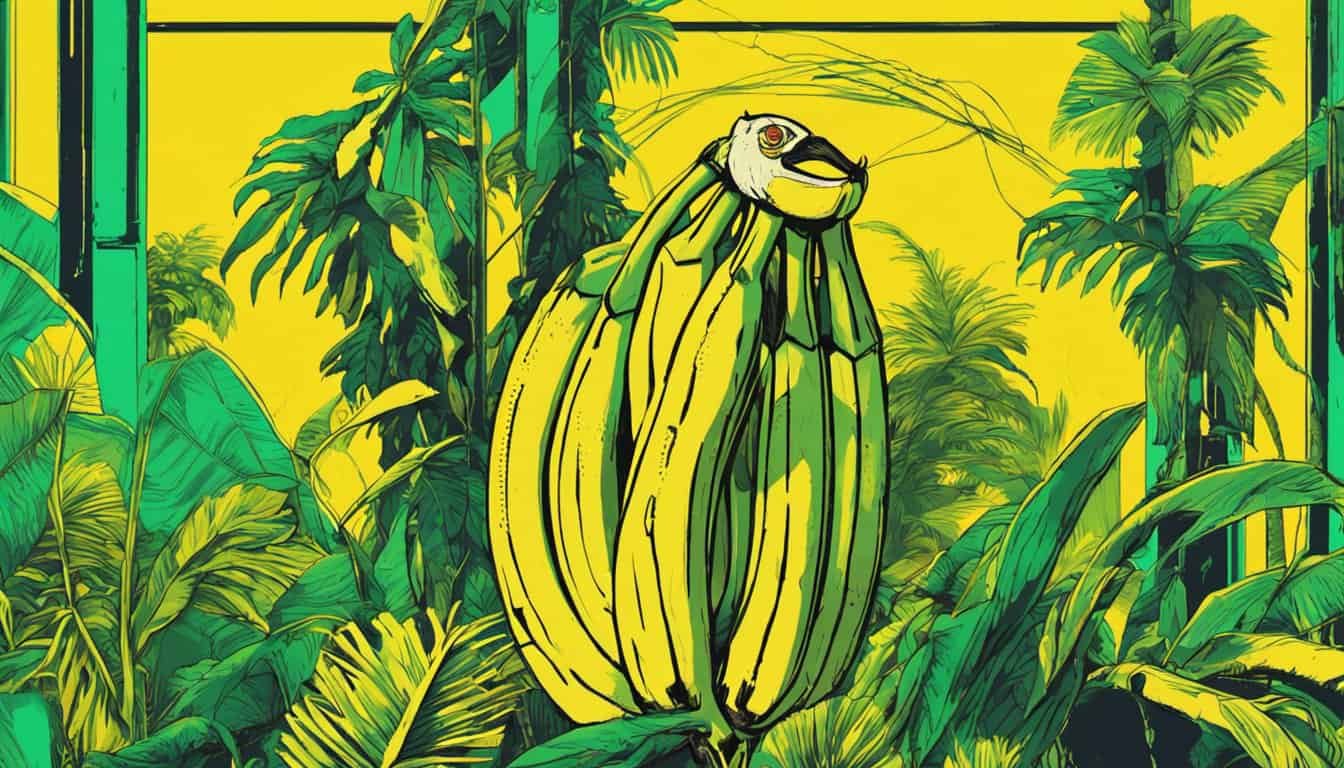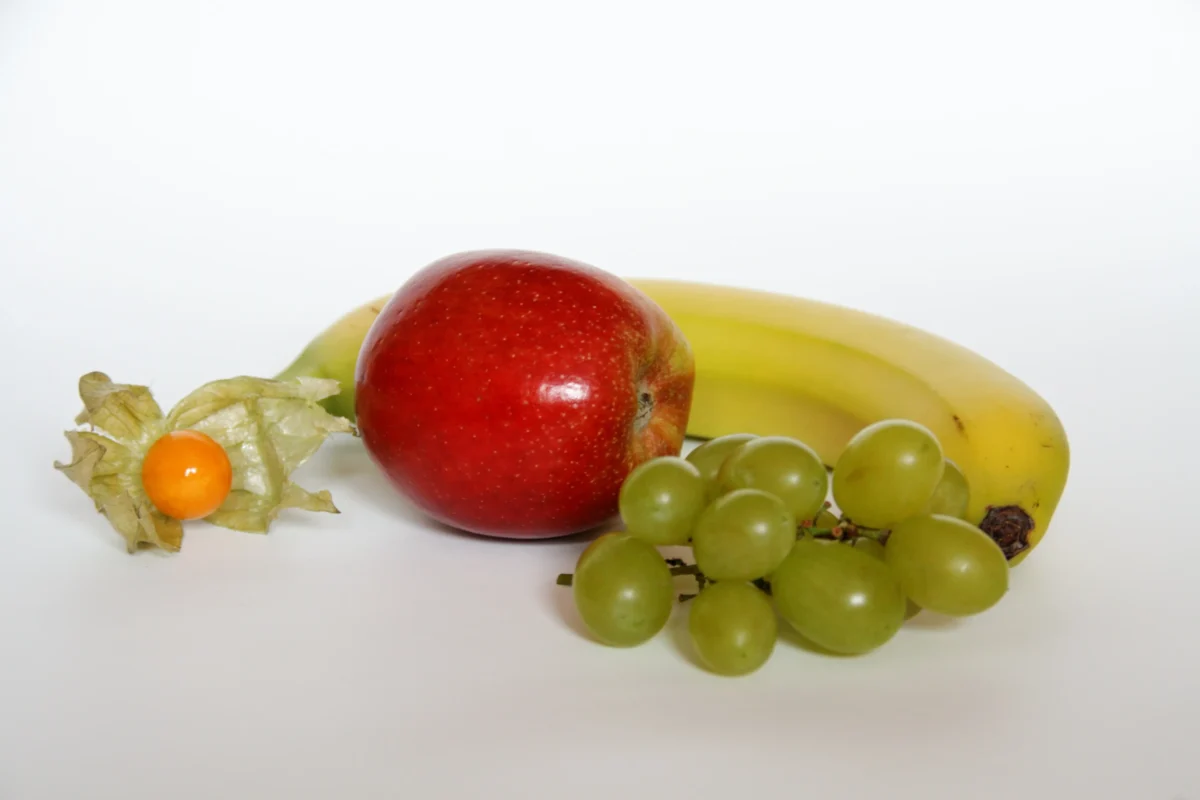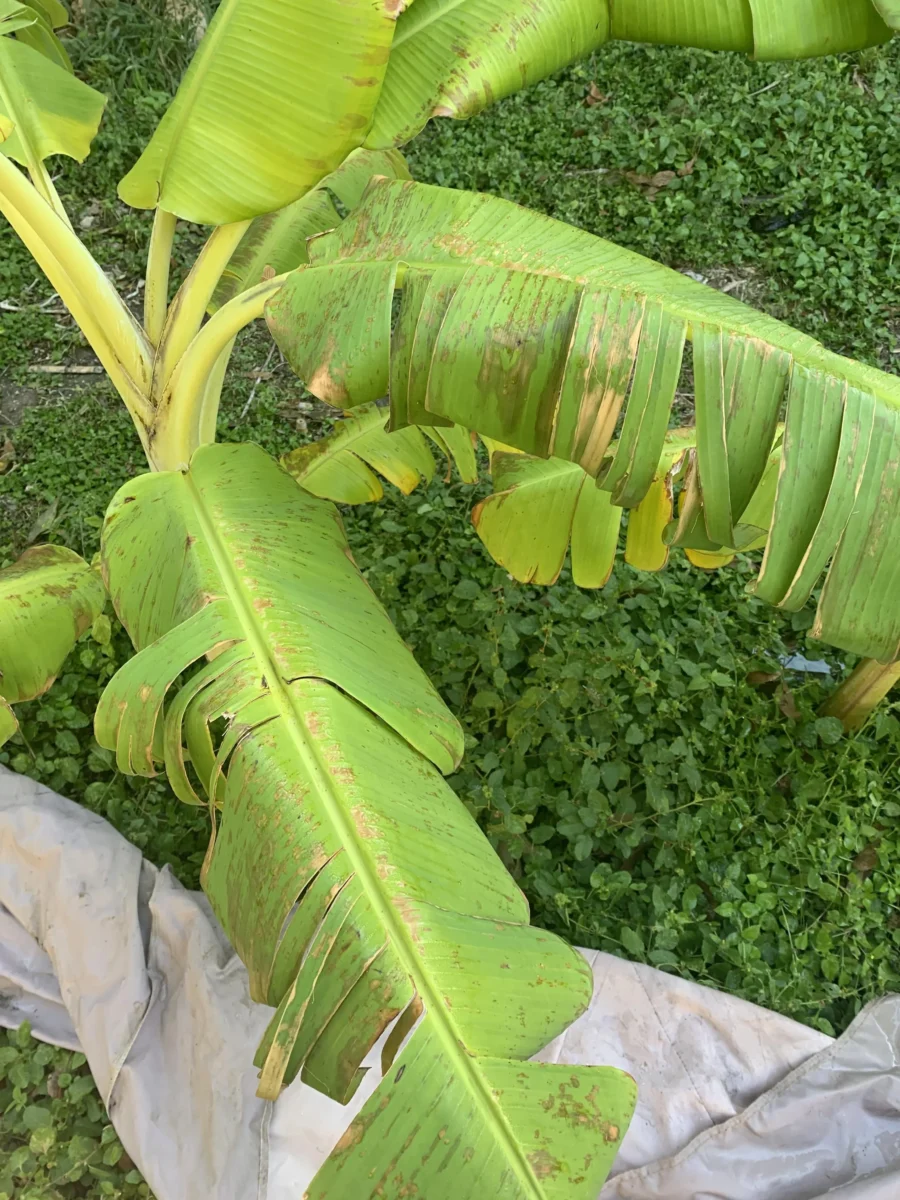All About Banana Plant Water Needs: How Much is Just Right?
Bananas are one of the most widely consumed fruits in the world, and with good reason. They`re delicious, nutritious, and packed with health benefits. However, one question that often arises when it comes to growing bananas is: do they need a lot of water? It`s an important question to answer, as understanding water needs is crucial for plant growth and health.

In this article, we`ll delve into the topic of banana plant water needs, covering everything from the importance of understanding water needs for plants to factors that affect banana plant water needs. We`ll also provide tips on how to properly water banana plants, as well as some final thoughts on banana plant care. So if you`re looking to learn more about bananas and their water needs, keep reading!
An Introduction to the Importance of Understanding Water Needs for Plants
Understanding the water needs of plants is crucial for their healthy growth and development. This is especially true for bananas, which are a tropical fruit that require adequate hydration to thrive.

Water plays a vital role in the life cycle of plants, as it facilitates nutrient uptake, photosynthesis and other critical biochemical processes. Without sufficient water, bananas can become dehydrated and wilted, ultimately leading to stunted growth or even death of the plant.
In addition to proper watering techniques, it’s also important to consider factors such as soil drainage and humidity levels when caring for banana plants. By understanding these nuances and providing optimal growing conditions, gardeners can enjoy bountiful harvests of delicious bananas year after year.
While there are many resources available on this topic for those looking to learn more about banana cultivation specifically, mastering the basics of plant hydration is a fundamental skill that applies across all types of crops. Whether you’re an experienced gardener or just starting out with your green thumb journey, taking the time to educate yourself on this essential aspect will pay dividends in all your future horticultural pursuits.
The water needs of banana plants
Banana plants are known to be thirsty creatures, requiring a significant amount of water to reach their full potential. Understanding the water needs of banana plants is essential for anyone looking to cultivate these delicious fruits.
Banana plants require a consistent supply of water throughout their growth cycle, especially during the fruiting stage. However, overwatering can lead to root rot and other fungal diseases that can stunt growth or even kill the plant.
To optimize irrigation for banana plants, it’s important to consider factors such as soil type, climate conditions, and planting density. Sandy soils will require more frequent watering compared to clayey soils due to differences in water retention capacity.
In areas with high humidity or rainfall, it’s important to monitor soil moisture levels regularly and adjust irrigation schedules accordingly. Overhead sprinklers may not be suitable for regions prone to high winds or heavy rainfall as they can lead to uneven distribution and damage fruit quality.
Overall, understanding the water needs of your banana plants is crucial for achieving optimal growth and yield. By utilizing proper irrigation techniques based on specific environmental conditions and soil types, farmers can maximize productivity while minimizing waste.
Factors that affect the water needs of banana plants
Bananas are a beloved fruit enjoyed by people all over the world. However, many people may not be aware of the various factors that affect banana plant water needs.
One key factor is climate. Banana plants thrive in warm and humid climates, and require more water during hot and dry periods to prevent dehydration. It’s important to note that too much water can also harm banana plants, so finding the right balance is crucial.

Soil type is another important factor to consider when determining how much water banana plants need. Sandy soils drain quickly and may require more frequent watering, while clay soils retain moisture for longer periods of time.
The age of the banana plant also plays a role in its water needs. Younger plants generally require more frequent watering as they establish their root systems, while older plants with well-established roots can tolerate longer periods without watering.
Additionally, the stage of growth of the bananas themselves can affect their water needs. During flowering and fruiting stages, bananas require more frequent watering to support healthy growth and development.
By understanding these various factors that impact banana plant water needs, growers can make informed decisions about irrigation schedules and ensure optimal growing conditions for their crops.
Tips for Properly Watering Banana Plants
Watering banana plants properly is a crucial aspect of their care and maintenance. Too much water can cause root rot, while too little water can stunt growth and lead to nutrient deficiencies. Here are some tips on how to water your banana plants properly.
Firstly, it’s essential to ensure that the soil around the plant is moist but not saturated. This means watering deeply but infrequently, allowing the soil to dry out slightly between watering sessions. The frequency of watering will depend on factors such as temperature, humidity levels, and rainfall.

Secondly, it’s essential to avoid getting water on the leaves of the plant as this can increase the risk of fungal diseases. Instead, aim to direct the water towards the base of the plant so that it reaches its roots directly.
Thirdly, consider using a drip irrigation system or a soaker hose as these methods allow for slow and consistent watering without wasting excess water through evaporation or runoff.
Lastly, pay attention to any signs that your banana plant may be receiving too much or too little water. These signs could include yellowing leaves or wilting foliage. By monitoring your plants’ behavior closely and adjusting your watering routine accordingly, you’ll be able to keep them healthy and thriving for years to come.
In conclusion, proper watering techniques are vital when it comes to caring for banana plants effectively. By following these tips and staying vigilant about your plants’ needs, you’ll be able to ensure their optimal growth and productivity over time!
Conclusions and final thoughts on banana plant care
In conclusion, caring for banana plants is not as daunting as it may seem. With the right knowledge and techniques, anyone can successfully grow and maintain a healthy banana plant.
Remember to pay attention to the soil quality, water regularly but not excessively, protect from extreme temperatures, and provide sufficient nutrients. Additionally, pruning and removing dead or damaged leaves can promote healthy growth.
Banana plants are not only a great addition to any garden or indoor space but also offer numerous health benefits with their high levels of potassium and other essential nutrients.
By taking care of your banana plant properly, you can enjoy its delicious fruits while also contributing to a more sustainable lifestyle. So why not give it a try? Your green thumb will thank you.
Check out our other articles to find out even more about banana.
Understanding the water needs of banana plants is an important part of ensuring that they stay healthy and thrive. Watering your banana plant can be a tricky process depending on a number of factors, but there are helpful tips and guidelines to ensure it’s done properly. With proper care, you can enjoy delicious bananas with minimal effort! Check out our other articles to find out even more about banana so you know exactly how to keep yours happy and productive.










